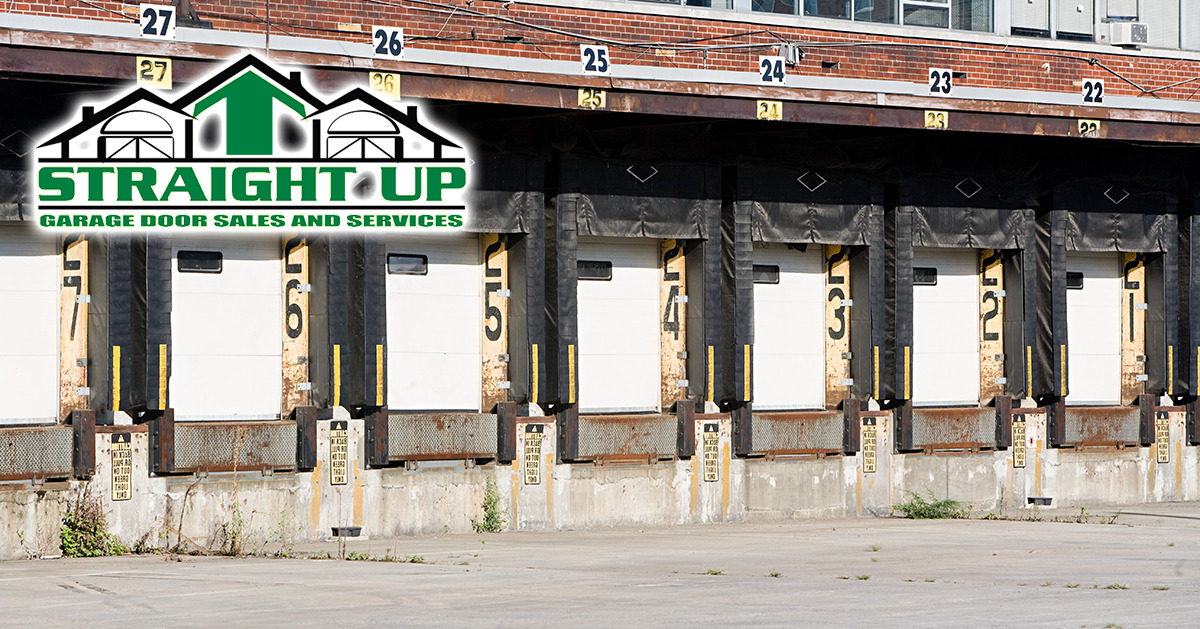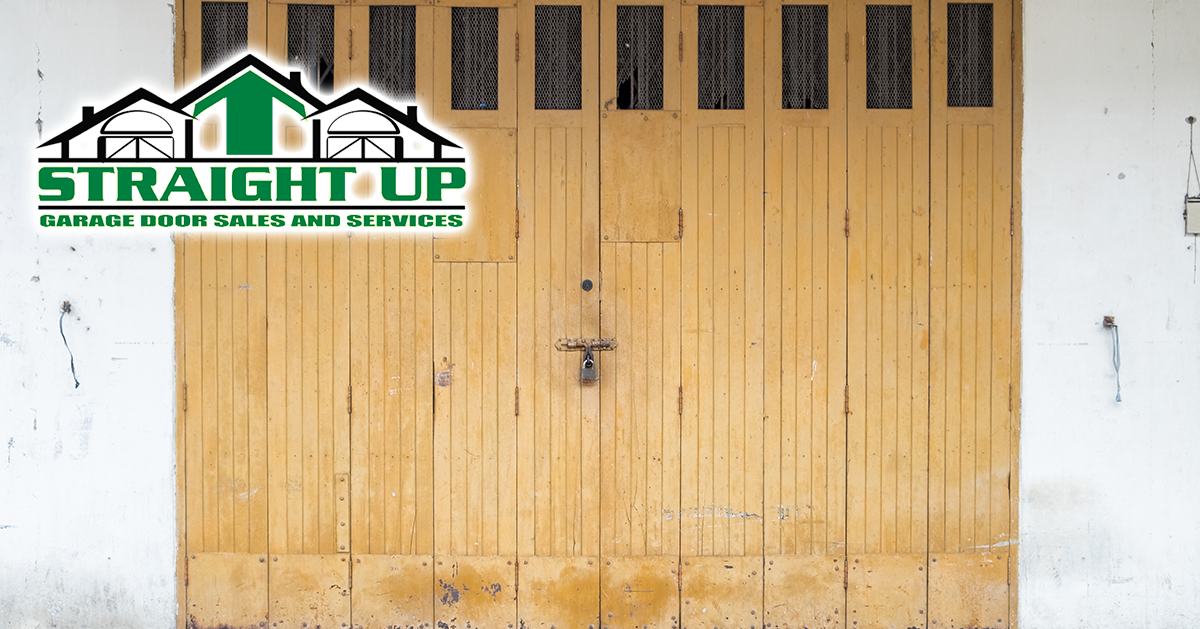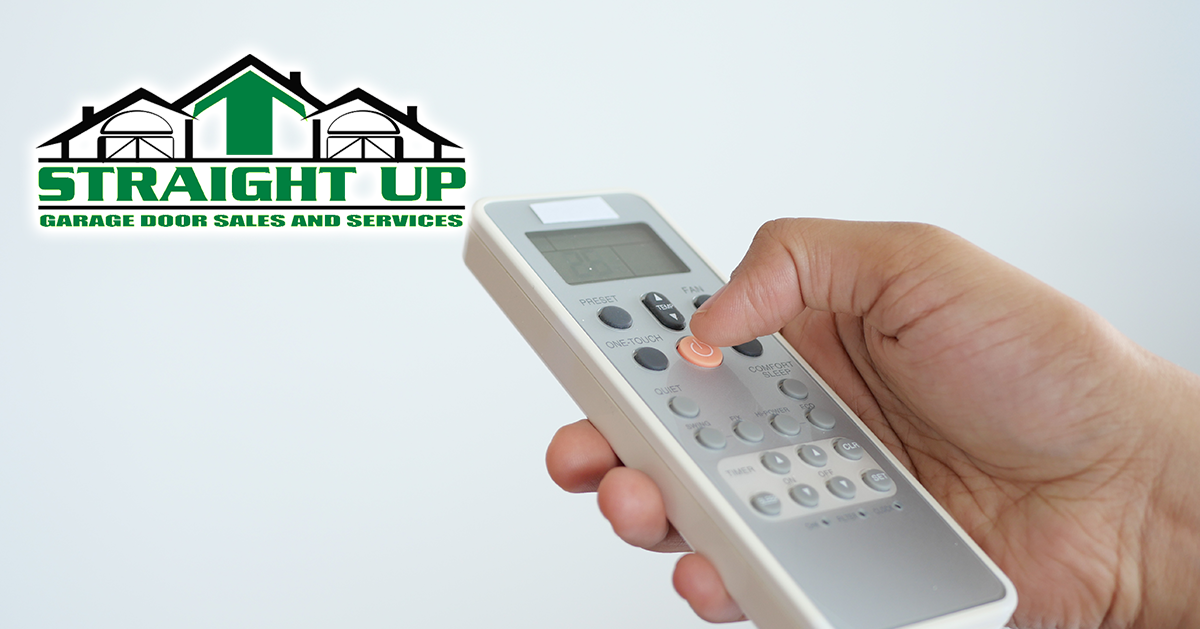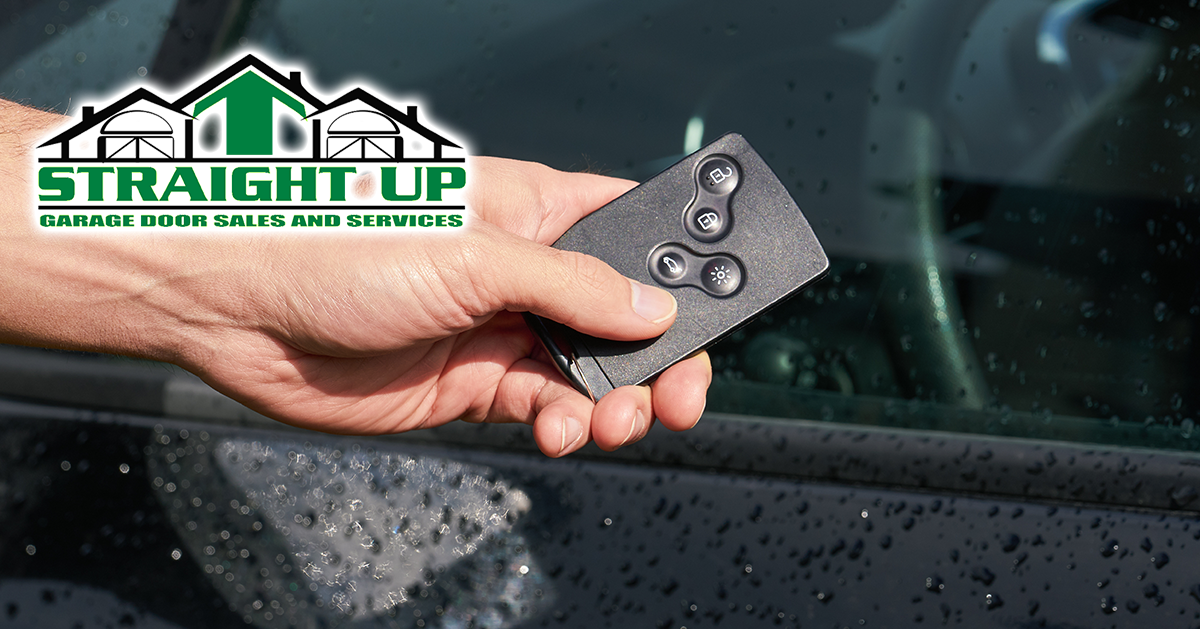Garages are a typically unrecognized hero in our lives. They protect our cars, our belongings, and our outdoor equipment. Garages can come in multiple colors, but if you’re someone who has decided they want a different color inside your little safe spot, this is the place to look. Read on to learn all about painting inside your garage.
Do the Prep Work
Cleaning prior to painting the inside of your garage is highly recommended. This way you can almost guarantee that you won’t have bubbles, patchy spots or a dirty looking finish. The process is fairly easy. Now the walls in your garage tend to be finished, but over time they can get dusty from work or dirty from the kids running in and out grabbing new toys, or playing in mud and getting it everywhere.
It is recommended to use a shop vac or a hefty broom. Once you’ve swept the walls of any dust or dirt, you can start the process of actually cleaning the walls. You can use a mild mixture of water and your favorite dish soap. The water doesn’t need to be too soapy. You’re mainly focused on making sure the surface is clean of debris and dirt. Don’t use any harsh chemicals or a pressure washer because this can damage the wall itself. If your walls aren’t dirty, feel free to skip this step.
Seal Everything Up
Apply a generous bead of painter’s caulk to all cracks and seams, using a caulking gun. Don’t use silicone caulk because paint will not stick to silicone. Remove dirt from the top of baseboards, using a degreasing cleaner. Sweep dirt and cobwebs from the walls with a broom. Apply a bead of painter’s caulk to the seam between the baseboard and the wall. Wipe excess caulk with a clean, damp cloth.
Prime Time
Now once the walls have been cleaned, you need to figure out what primer you’re wanting to use. If the surface is unpainted drywall, you will need to prime them before painting. If the walls are already painted you will need to determine whether they were painted with a latex paint or an oil-based paint. The best way to determine this is to dip a Q-tip in alcohol and rub it back and forth. If the paint comes off you’re working with latex, if it doesn’t it’s oil based.
Unfinished drywall requires a good surface primer to look its best when painted. You will want to use a drywall primer with PVA (polyvinyl acetate). Because drywall is porous, the PVA will help seal the surface and lend durability to the paint you layer on top. If you simply apply garage wall paint to the walls without priming them, most of the garage wall paint will soak into the wall and you will end up with an uneven, bumpy finish. Make your hard work worth it by starting with a primer.
If you find the walls already have oil or latex paint you don’t usually need to prime unless you have stains coming through the garage wall paint. If that’s the case a can of oil-based primer over the stain area such as Kilz, Preprite Problock, or Covertstain. Simply spray them on and let them dry. If you have large stains, roll the primer over the whole wall.
Top Tips
How you go about painting the inside of your garage is largely dependent on the surface beneath the paint. You will need to take into account what kind of paint you have, how to protect your flooring, and plan how long the painting process will take. Here are a few simple points to know when applying the best paint for garage walls.
- Check Your Paint — Do you have oil of latex paint on the walls? If it is oil-based you must sand the walls and prime them with a bonding primer before painting over them with latex paint. If you don’t want to do that, you can simply paint over it with another oil-based paint.
- Protect Floor and Garage Hardware — Move everything away from the walls before you begin. If you are painting the ceiling as well, you may want to move everything out. Cover the floor and anything else you don’t want to get paint on.
- Painting Timeline — You don’t have to do all your painting in one day you just need to make sure the paint is dry before adding another coat.





